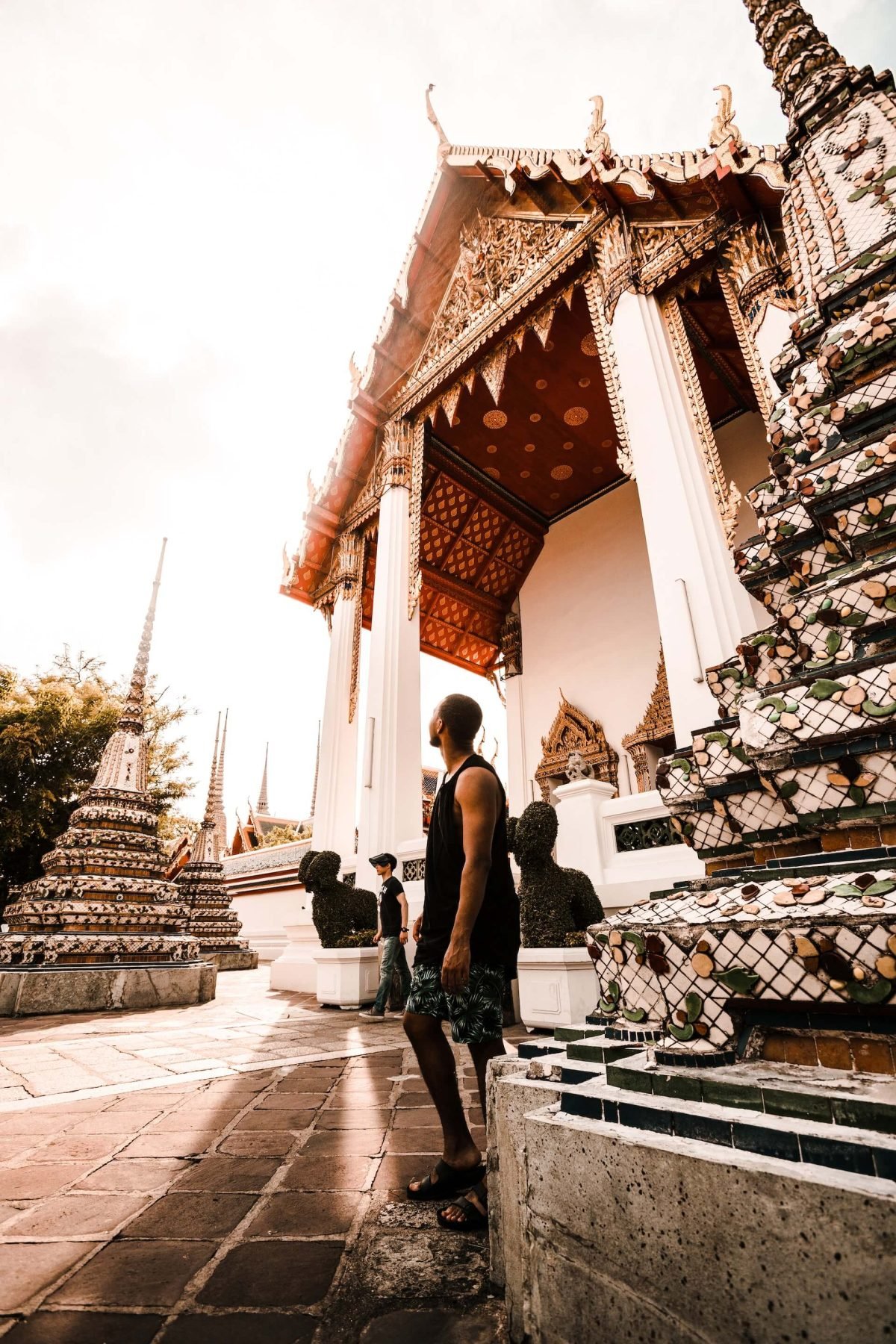Cover image by Javon Swaby via Pexels.
I often write about why I think that spending time with art can enrich people’s lives. Today, I want to discuss something that’s closely related – how the visual skills you learn from art can benefit you in other areas of your life. While I dislike the all-too-common line of thinking that art viewing has to be justified through its application to life and job skills, it would be foolish of me not to mention these valuable benefits. And the most foundational of these skills is visual literacy.
Visual Literacy
At its most basic level, visual literacy is the ability to think critically about visual images in whatever form you might encounter them. Formal definitions of this concept often devolve into convoluted and fairly meaningless statements, so I appreciate this simple one from the Toledo Museum of Art:
[…] visual literacy is defined as being able to read, comprehend, and write visual language.
https://www.toledomuseum.org/education/visual-literacy/why-visual-literacy
The term “literacy” is frequently overused and misused, but it is actually a very accurate choice here. Literacy typically refers to finding and creating meaning through letters that form words on a page – reading and writing. Visual literacy is much the same thing, except meaning comes from images instead of an alphabet. It is therefore a mixture of perceptive and cognitive abilities.
The Skills of Visual Literacy
To understand how visual literacy works, think of Sherlock Holmes (or any television show detective). Sherlock looks long and hard at everything in a crime scene. He notices details that escape others, and he remembers what he sees. Then, he applies critical thinking to derive meaning from his impressions, and all those meanings eventually add up to solving the case. The skills of a visually literate person are much the same, and we can break them down as follows.
- Looking closely and attentively. The more deeply you are able to observe any image, the more information you can gain and interpret from it. When confronted with endless visual stimuli competing for your attention, this requires paying attention and being observant to everything in your field of vision. When focusing on specific images, it is what I like to call active looking.
- Being able to describe what you see in words, although you don’t need to know complex art vocabulary. While this terminology exists to refer to precise visual concepts that can be difficult to otherwise put into words, such a high level of specificity is not necessary in most everyday situations.
- Analyzing what you see. Understand and interpret images, draw conclusions from them, and find meanings. This is where you connect the content of images to things you already know from the rest of the world.
- Thinking critically about what you see rather than taking it at face value. Images, especially those created by humans, are never neutral entities no matter how much they may seem otherwise, and they should never be trusted to present objective truths. Recognize that images can have many different points of view, diverse motivations for creation, and multiple levels of meaning. Make informed guesses about what those might be,
- Being able to create images. Don’t worry if drawing isn’t your strong suit – I’m not the greatest at it either. We all create countless different kinds of images in our lives, from our personal appearances to slides for a presentation to the decoration of our homes. The important thing is to do so in a thoughtful and intelligent manner.
Visual Literacy in Everyday Life
Although verbal literacy is considered essential in most societies today, visual literacy is not nearly so highly valued currently. (But that hasn’t always been the case throughout world history.) This lack of emphasis and education is unfortunate, since we spend far more time communicating through images now than ever before. That’s not to say that people are completely visually illiterate; quite on the contrary, every sighted person uses a certain amount of these skills every day without realizing it, doing things like:
- Forming impressions of people’s personalities and emotions based on their facial expressions and body language.
- Cultivating our personal images through clothing, hairstyle, accessories, and more.
- Creating and interacting with social media.
- Reacting to advertisements, periodicals, and other forms of persuasive media.
- Watching movies and television shows.
- Choosing objects to surround ourselves with.
- Enjoying nature and other scenery.
- Describing things we’ve seen to other people.
- Basically, any time we make an inference based on something we’ve observed. (e.g. thinking that rain is coming based on the sky’s appearance).
Visual literacy is relevant any time you use your eyes. It isn’t merely confined to what we typically consider “art” or even to images created by humans, meaning that you can acquire and use visual literacy far from the art museum. However, artworks are particularly potent opportunities to cultivate these skills, since artists intentionally create them to convey meanings for us to uncover. So, learning to understand and interpret art can make you a savvier and more sophisticated user of images in all the many forms you encounter them every day.
Sources:
- Briggs, Saga. “Why Visual Literacy Is More Important Than Ever & 5 Ways to Cultivate It“. InformED. November 7, 2015. Accessed April 28, 2023.
- Harrison, Kristen and Dana Statton Thompson eds. Visual Literacy Today. The Curved House. Accessed April 28, 2023.
- “The Art of Seeing Art“. Toledo Museum of Art. Accessed April 28, 2023.


